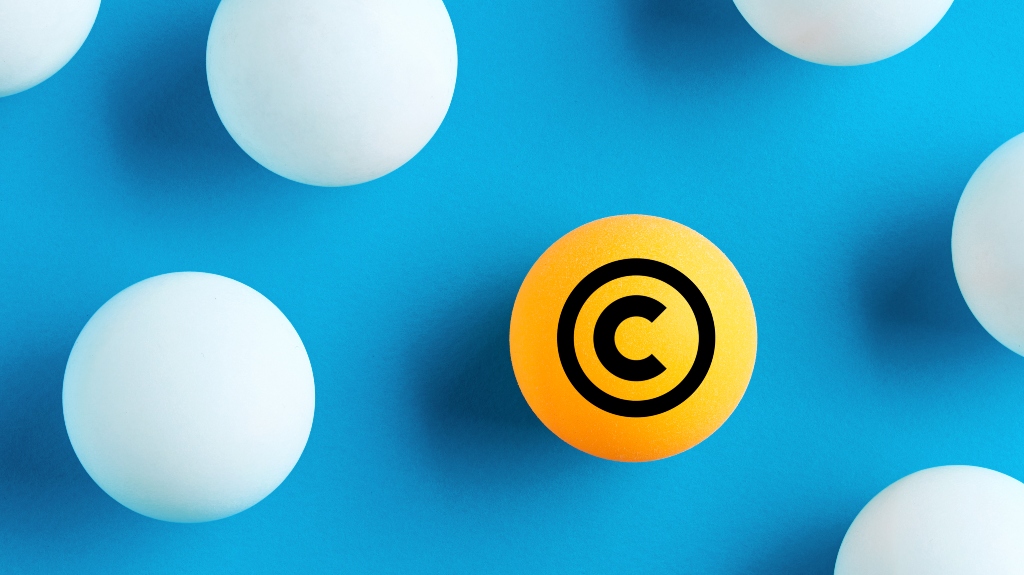Patents play a vital role in protecting and fostering innovation. In other words, patents protect ideas. Inventors who successfully navigate the comprehensive and structured procedure for securing a patent are rewarded with a tool that enables them to safeguard their intellectual property from unauthorized use or exploitation.

A PATENT IS A RIGHT TO STOP SOMEONE FROM DOING SOMETHING
A U.S. patent gives the owner the exclusive right to make, use, sell, offer to sell, and import the invention. Where infringement occurs, the patent owner may sue in court for damages to compensate them for the infringement or obtain a court order requiring the infringer to stop the infringement.
PATENTS ARE GRANTED FOR NOVEL AND NON-OBVIOUS INVENTIONS
The three main criteria for a patent are novelty, non-obviousness, and eligible subject matter. Novelty means that the invention is new and has at least one feature that distinguishes it from the prior art (the body of knowledge prior to the invention, including articles, presentations, patents, and public demonstrations, among others). An invention also has to be non-obvious, meaning that it exhibits a level of creativity or inventiveness that goes beyond what would be considered routine or expected. Lastly, an invention has to encompass “eligible” subject matter—namely a process, machine, manufacture, or composition of matter, but not a law of nature, physical phenomenon, or an abstract idea.
AN APPLICATION STARTS WITH A TECHNICAL DISCLOSURE
A patent application starts with a written description (with drawings) of the invention that is detailed enough for a person having ordinary skill in the field to ultimately make and use the invention or build on the invention. The U.S. Constitution requires that the patent system must “promote the progress of science and useful arts” and the disclosure requirement helps fulfill that requirement.
While the written description of the invention (known as the “specification”) cannot materially change during the application process, the claims usually do.
THE CLAIMS DEFINE THE SCOPE OF A PATENT
Every patent concludes with a series of numbered paragraphs (e.g., “1. A method for transferring ownership of an NFT comprising . . .”). The claims very specifically define the scope of the exclusive rights granted by the patent and are the product of negotiations with the patent examiner. Whether an article or process infringes a patent claim depends on whether it comes within the scope of a patent claim.
THE APPLICATION PROCESS
Once filed, the application is reviewed by a patent examiner who conducts a patent search and assesses the invention’s novelty, non-obviousness, and utility based on the claims and prior art. The examiner may issue office actions, which are official communications detailing objections, rejections, or requests for amendments. The applicant may respond by making arguments in writing or suggesting changes to the claims. Applicants may go through several rounds of back-and-forth with an examiner before the application is allowed or in some cases, abandoned.
NO EXPIRATION DATE IS LISTED ON A PATENT
A patent expires roughly 20 years from the filing date. For the exact date, you need to look for the earliest U.S. application in the family tree, check whether any patent term extension was awarded, and see whether a terminal disclaimer was filed. The patent could also be expired due to maintenance fees not being paid, surrendered in a reissue proceeding, or judged invalid in court or in a USPTO tribunal. Design patents are easy by comparison and expire 15 years from the issue date.
PATENTS ARE AWARDED TO THE FIRST INVENTOR TO FILE
The first inventor to file wins (FITF) the day—even if they are not the first to invent. This isn’t to say that someone can steal your idea and file it as their own —that would make them not an inventor. But simultaneous invention happens, and the first one wins. Between the FITF rule and the one-year rule (below), inventors should file first, before any public demonstration of the idea, or offer for sale.
THE ONE-YEAR RULE
Applicants have one year to file an application in the U.S. after putting their invention to public use, putting it on sale, or otherwise making it available to the public. After the year has passed a U.S. patent is no longer possible. Outside the U.S., some jurisdictions have only a six-month grace period (Japan), while others (most of Europe) have none at all. Any non-confidential disclosure can compromise patentability.
THE THREE TYPES OF PATENTS.
The Patent Act provides for three types of patent —the utility patent, the design patent, and the plant patent. A utility patent covers a thing or a process and is what we typically call “a patent.” A design patent covers the appearance of a thing —ornamentation, texture, shape, etc. Plant patents cover new breeds of asexually reproduced plants.
PROVISIONAL APPLICATIONS
A provisional application is a placeholder application that lets an applicant secure a filing date with the USPTO, with the full application to follow no later than one year. Abbreviating the written disclosure carries risks, but a provisional application can be part of a strategy where an applicant is looking for funding or where timing is critical.
INTERNATIONAL PATENT RIGHTS
Patent rights are territorial and you’ll need local rights in a country to have exclusive rights there. There’s no “international patent,” but there is a web of treaties that gives inventors two different ways to secure patent protection internationally. Under the Paris Convention, an applicant has one year (six months for design patents) to file an application in another country and claim the U.S. filing date there as well. The Patent Cooperation Treaty gives applicants the ability to file a PCT application within one year of their U.S. application, a reserve the right to file in the 150+ countries later.
For more information about trademarks and IP, visit us at www.boagip.com or schedule a no cost Welcome Call here.